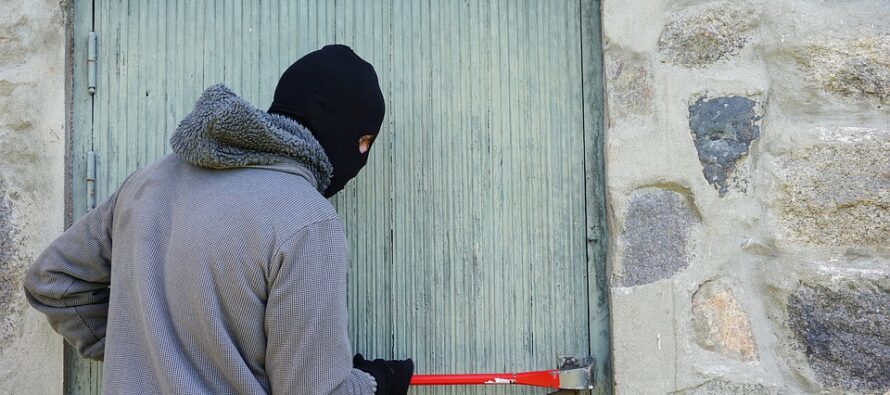The Mindset of the Average Looter

In a movie from some years back, called Cloverfield, a giant creature is tearing apart NYC while mobs are looting an electronics store. As comical as that seems, it underlines the basic mental state of the looter of living in the NOW.
Generally, a looter has lived a life of getting everything without having to work for it. They don’t have the mindset to work towards a goal. The fancy terms for this are immediate gratification versus long term. They also have no value for human life, not even their own, so they will risk themselves even in the most dangerous of situations in order to get something they value like the proverbial thief at the fire. The upside is the effects of the event (dirty bomb, contaminated food, etc.) might remove them.
Also, looters will take ready to eat items, and drinks other than water at first. Few looters are going to think about sugar or flour. They will loot pharmacies for the drugs, but rarely touch band aids, first aid kits, ointments, or aspirins. They’ll take guns and ammo but leave fishing gear.
The bad side is that any breakdown of normal police protection is going to bring them slithering out from under their rocks. The good side is they are going to go for easy targets, such as stores, malls, etc. and not get around to homes and neighborhoods for at least a few days. Also, except within the particular gang, they have no sense of working together and will fight among themselves and generally are not comfortable outside their “hoods”. This is NOT to discount some very well set up gangs in the major cities. However, unless the local authorities have their head up their butt, the police, National Guard, and the public will be allowed to gun down these animals.
GET A $25 CREDIT CARD KNIFE FOR 100% FREE!
Looters generally will stay in their urban areas, with some action in the suburbs if they can still get to them. But looters cannot afford casualties. Even in the most passive of urban areas, these is always someone who may fight somehow to protect their home, even if they die in the process. A civilian may pick up a weapon from a dead policeman or a veteran may have a weapon and fight back.
Also, the farther the looter goes from the urban area, the higher the chances of resistance from local police backed by local armed citizens. Roads may be blocked depending on how severe the emergency is by the police or by downed trees, etc. Also, vehicles may be unusable, and gasoline may be unavailable to try and operate in the countryside. Even isolated individual homes have a higher risk of having an armed owner.
There is also a time element with the looting.
- If the event is not too severe (Level I less than two weeks and basically local) the local authorities backed by outside support, will mop up the looters and restore order.
- If the events are more devastating (Level II more than 2 weeks to 1 month) and more widespread, chaos may reign longer and it may take longer for order to be reestablished. But in turn, the looters will start attacking each other as supplies of food and such dwindle.
- If it is a Level III apocalypse, then many of them will be wiped out when the 30-day tipping point of vanishing food supplies hits in the major urban areas, or what’s left of them.
The looter’s lifespans, like their goals, may be quite short in a major event.
Visit: EZ Battery Reconditioning To Learn More here: http://www.survivalistdaily.com/ezbatteryreconditioning







Great article and great information. Very important that you explained some events will be more serious and last longer. Always good to be prepared for the worst, but in reality, most events will be short term. Really enjoyed it.